
Gold has always been a valuable and sought-after commodity. A symbol of power and opulence since classical antiquity, this precious metal has played a huge role in the progress of modern society. Gold has shaped empires, reversed the fortunes of entire nations, and served as the springboard for would-be dreamers, looking to make their fortunes.
But what does the global footprint of gold look like in the 21st century? In this interactive guide, we’ll explore where this prized commodity can be found across the world, exploring the 25 countries where it’s most prevalent.
We will also sift through the sands of the history and politics of these nations, subsequently unearthing how such powers came to be over the last century, and what that means for the gold standard in the future.
Whether you are a seasoned investor or just a curious gold enthusiast, get ready to strike it rich with this guide. Here is your gilded gateway to the fascinating world of gold reserves.

Chapter 1
An introduction to global gold reserves
Before we start on our worldwide goldmine exploration, let’s begin with a brief history of what gold reserves are.
In essence, these stockpiles are physical gold held, stored, and protected by a country's central bank – typically in the form of gold bars, ingots, or coins. A nation’s gold tends to represent a significant portion of its wealth and reserves are kept for various reasons, particularly financial security. Think of it much like an insurance policy cushioning the blow against any potential economic decline, crisis or collapse.
For extra safety and peace of mind, many countries also ensure the safety of their gold reserves by storing them outside of their own banking vaults and systems. For example, the Bank of England in the UK is a well-known custodian distinguished for not only holding its own gold reserves, but also those of many other nations.
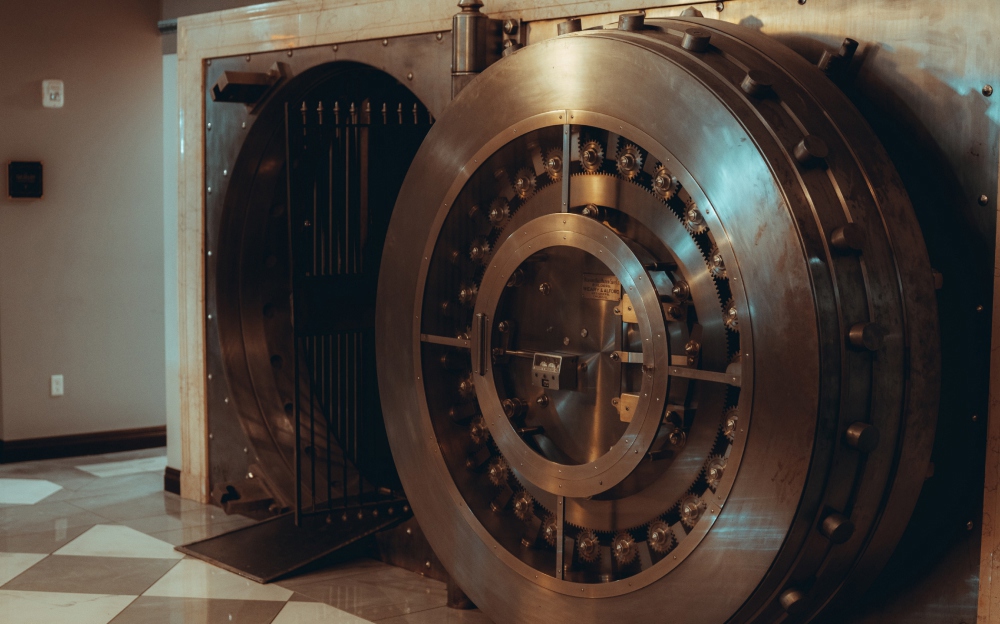
Many countries ensure the safety of their gold reserves by storing them outside of their own banking vaults.
Why do countries have gold reserves?
Gold has been used as a physical asset for hundreds of years in order to back a nation’s paper money. This monetary system is most widely known as the gold standard, and started back in the 1870s in order to help stabilise international trade prices.
The gold standard became a popular economic practice for nearly a century until the late 70s, when the US banned converting money into gold in 1971 in order to curb inflation. Many other countries temporarily followed suit, but the demand for gold has recently skyrocketed again. In fact, the worldwide demand for gold grew by 28% in 2022 due to increasing inflation rates and the global economic uncertainty – brought on by increasing debt and the impacts of the recent COVID-19 pandemic.
Today, gold is an increasingly-valuable asset for 2023’s turbulent worldwide economy– so much so that gold reserves are accumulating at rates not seen since 1967. While the gold standard is no longer seen by many as a major cornerstone of international trade, others believe gold reserves are once again becoming a go-to safety net to uphold stability and financial security for countries across the globe.

The worldwide demand for gold grew by 28% in 2022 due to increasing inflation rates and the global economic uncertainty.
How much is gold worth?
Naturally, the price of gold fluctuates due to all sorts of influencing factors such as supply and demand, market volatility, and interest rates.
Let’s look at some gold prices over time
The precious metal hit a low point back in 1970, with gold being worth just $274 per ounce at the time. But a decade later, in 1980, it soared to an all-time high of $2,499 per ounce. Today in 2023, the price of gold is still relatively high, hovering around $1,996 per ounce.
In this map, we’ll be looking at the largest gold reserves per tonne. So to put the price into perspective, one tonne of gold equates to around $67 million – and the country with the world’s largest reserve has over 8000 tonnes in its vault (that’s a whopping $536 billion worth of gold).
It’s an unfathomable amount of wealth that countries hold within their vast gold reserves. The most mind-blowing thing is that there is still more gold waiting underground to be mined.
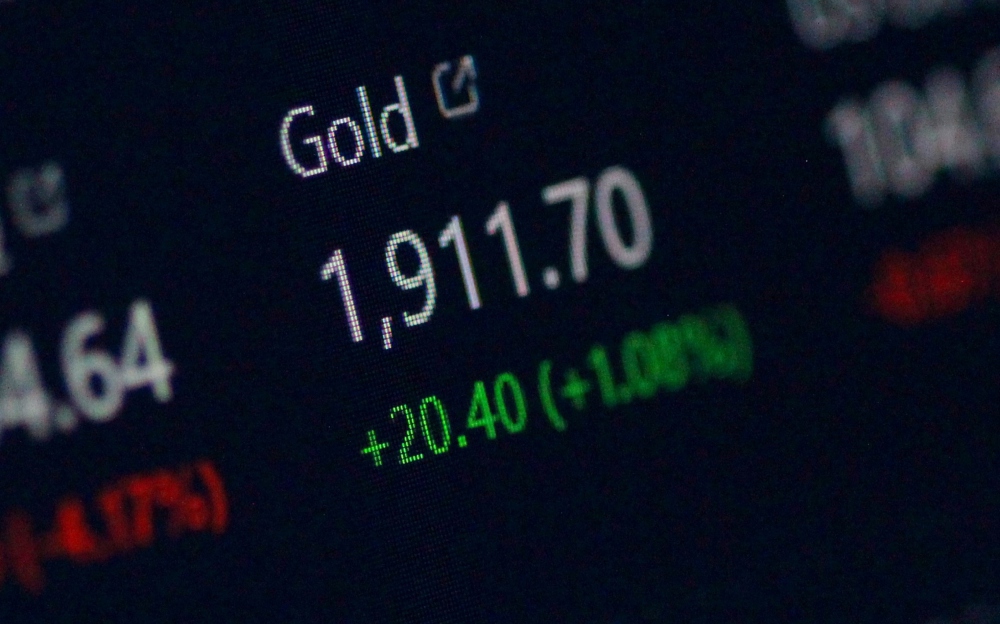
Today in 2023, the price of gold is still relatively high, hovering around $1,996 per ounce.

Chapter 2
Top 25 countries with the largest gold reserves
Grab your pickaxes and join us as we traverse the globe in search of the top 25 largest gold troves. Remember, the following data only accounts for the amount of gold that has already been discovered and mined. Some countries like Australia, Russia and South Africa are quite literally sitting on a gold mine waiting to top up their current values.
Top 25:
1. USA: 8,113 tonnes
2. Germany: 3,355 tonnes
3. Italy: 2,452 tonnes
4. France: 2,437 tonnes
5. Russia: 2,327 tonnes
6. China: 2,068 tonnes
7. Switzerland: 1,040 tonnes
8. Japan: 846 tonnes
9. India: 795 tonnes
10. Netherlands: 612 tonnes
11. Turkey: 572 tonnes
12. Euro Area: 507 tonnes
13. Taiwan: 424 tonnes
14. Portugal: 383 tonnes
15. Uzbekistan: 395 tonnes
16. Kazakhstan: 332 tonnes
17. Saudi Arabia: 323 tonnes
18. UK: 310 tonnes
19. Lebanon: 287 tonnes
20. Spain: 292 tonnes
21. Austria: 280 tonnes
22. Thailand: 244 tonnes
23. Poland: 229 tonnes
24. Belgium: 227 tonnes
25. Singapore: 222 tonnes

1. USA
8,113 tonnes
As the nation with the world’s largest economy, the United States has held the world’s biggest gold reserve top spot for several years now. In fact, the USA reserve is more than double that of the world’s second-largest reserve.
Gold makes up a staggering 79% of the country’s foreign reserves, however, there are some concerns about their bullion purity and the true accuracy of the numbers – seeing as certain Fort Knox documents have mysteriously been destroyed.
The United States is also the world’s fifth-largest gold producer, with 172 tonnes of gold being mined in 2022 alone.
Where is it stored?
The majority of the USA’s gold is stored in Fort Knox, the United States’ Bullion Depository in the state of Kentucky.
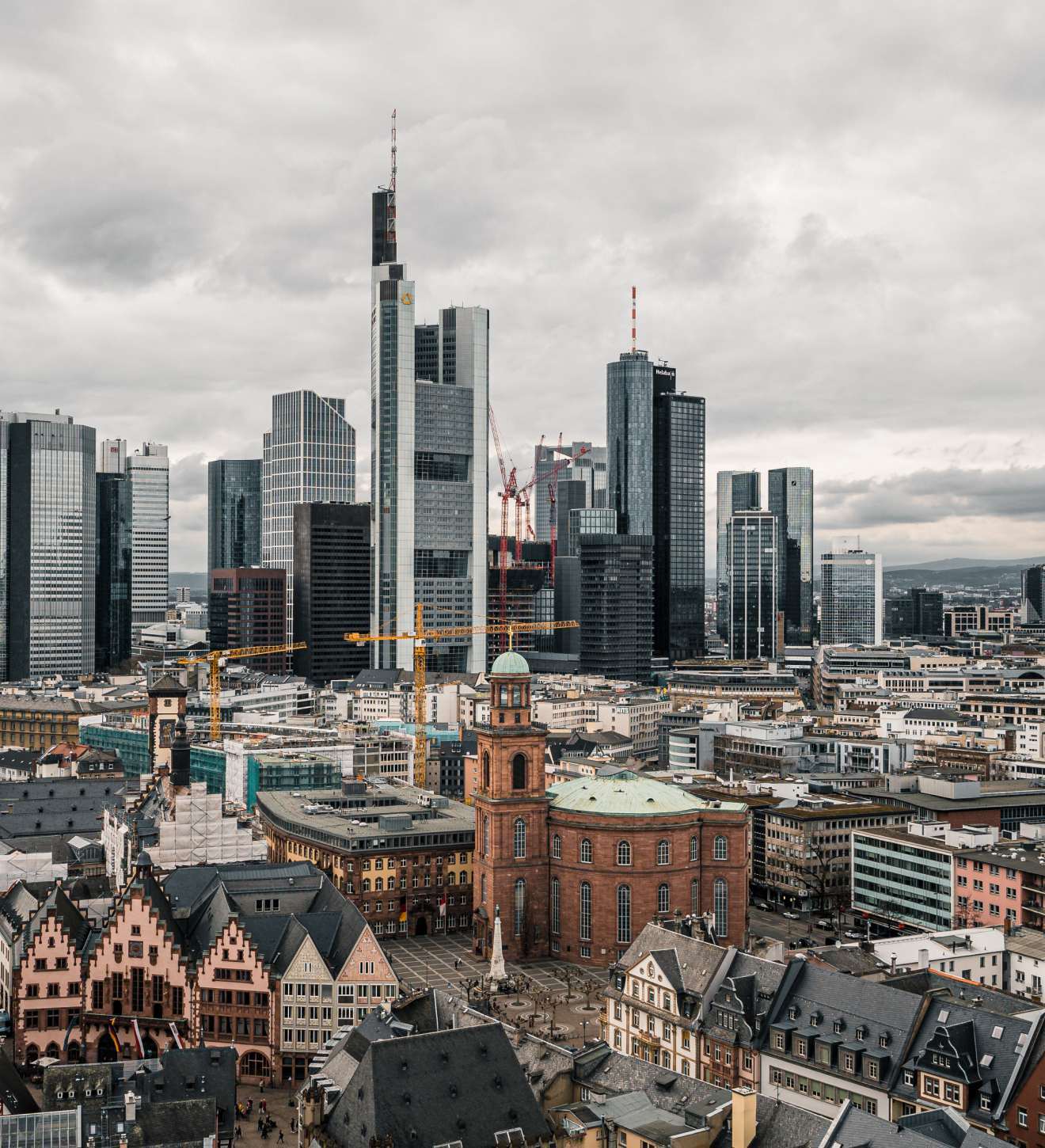
2. Germany
3,355 tonnes
Germany has the second-largest gold reserve in the world and makes up 74.5% of the country's foreign reserves. It also boasts one of the most transparent and trusted reserves, with some of its gold even being on display to the public in the Frankfurt Money Museum.
Where is it stored?
Most of Germany’s gold reserves are kept secured across three specific locations: the Deutsche Bundesbank in Frankfurt am Main, the Federal Reserve Bank of the US, and the Bank of England. It has been this way since the Cold War, when Germany evacuated its reserves to ally nations.
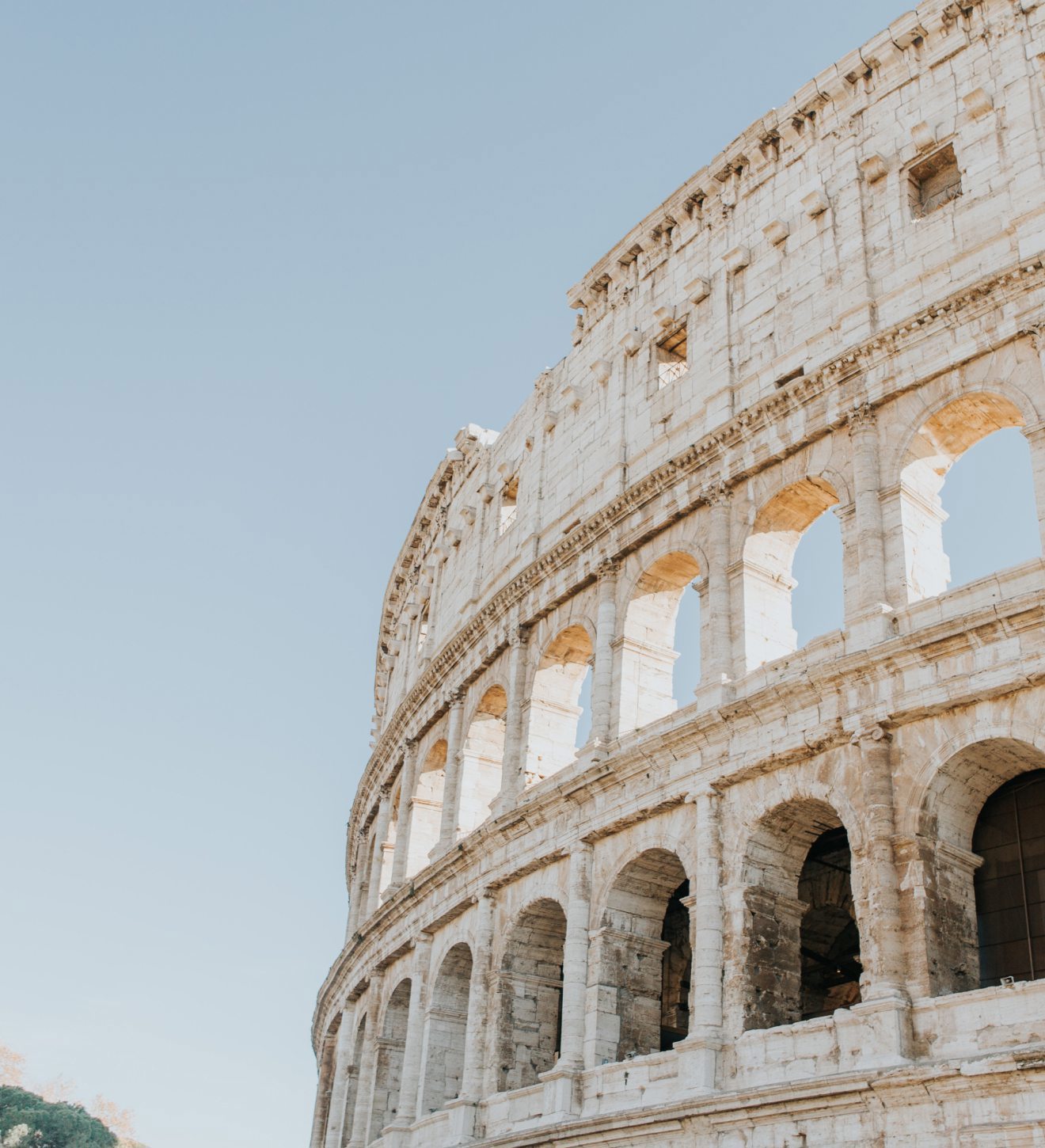
3. Italy
2,452 tonnes
Despite its unstable economy since the 2008/09 financial crisis, Italy remains strong as the third largest gold reserve. Gold makes up 69.3% of its total foreign reserves.
Italy was a big gold exporter through the 20th century, but the current amount has remained untouched and within the nation's vaults since 1999. In fact, Italy’s reserves are so safeguarded the European Central Bank has been accused of impeding the country’s gold from the Italian government and the public.
Where is it stored?
Most of Italy’s gold is stored as gold bars in the Bank of Italy in Central Rome.
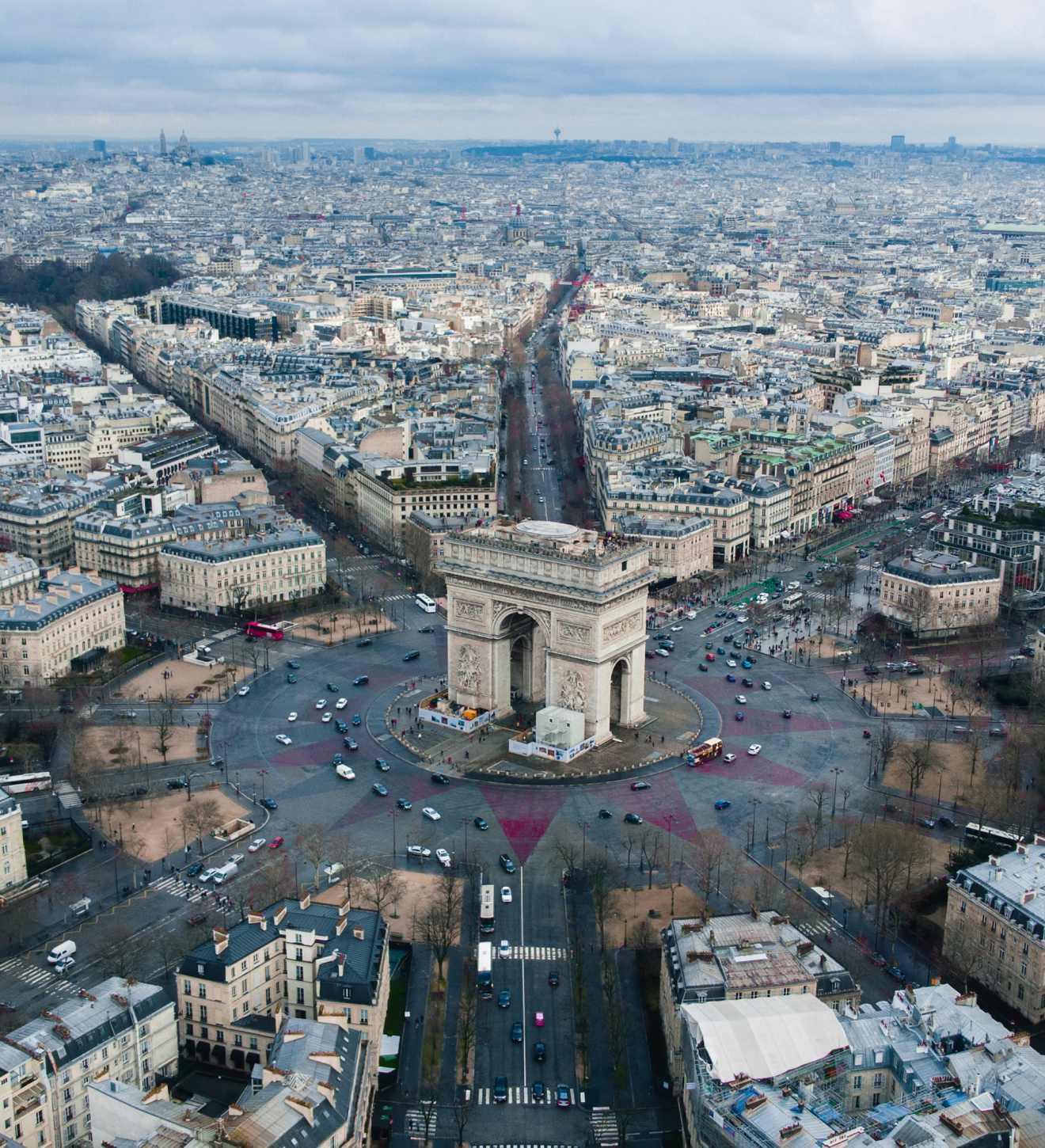
4. France
2,437 tonnes
Once taking the third top spot, France now secures the world’s fourth-largest gold reserve (after recently selling 500 tonnes away and reducing its reserves by 20%). It was Nicolas Sarkozy, France’s ex Economy Minister and President, who made the order to pay off the country’s debts by investing in currencies and bonds instead.
Gold makes up around 64.5% of the country’s foreign reserves.
Where is it stored?
The reserves are stored in Paris’s Banque de France headquarters, also known as La Souterraine: a highly-secured underground vault owned by the IMF (the International Monetary Fund).
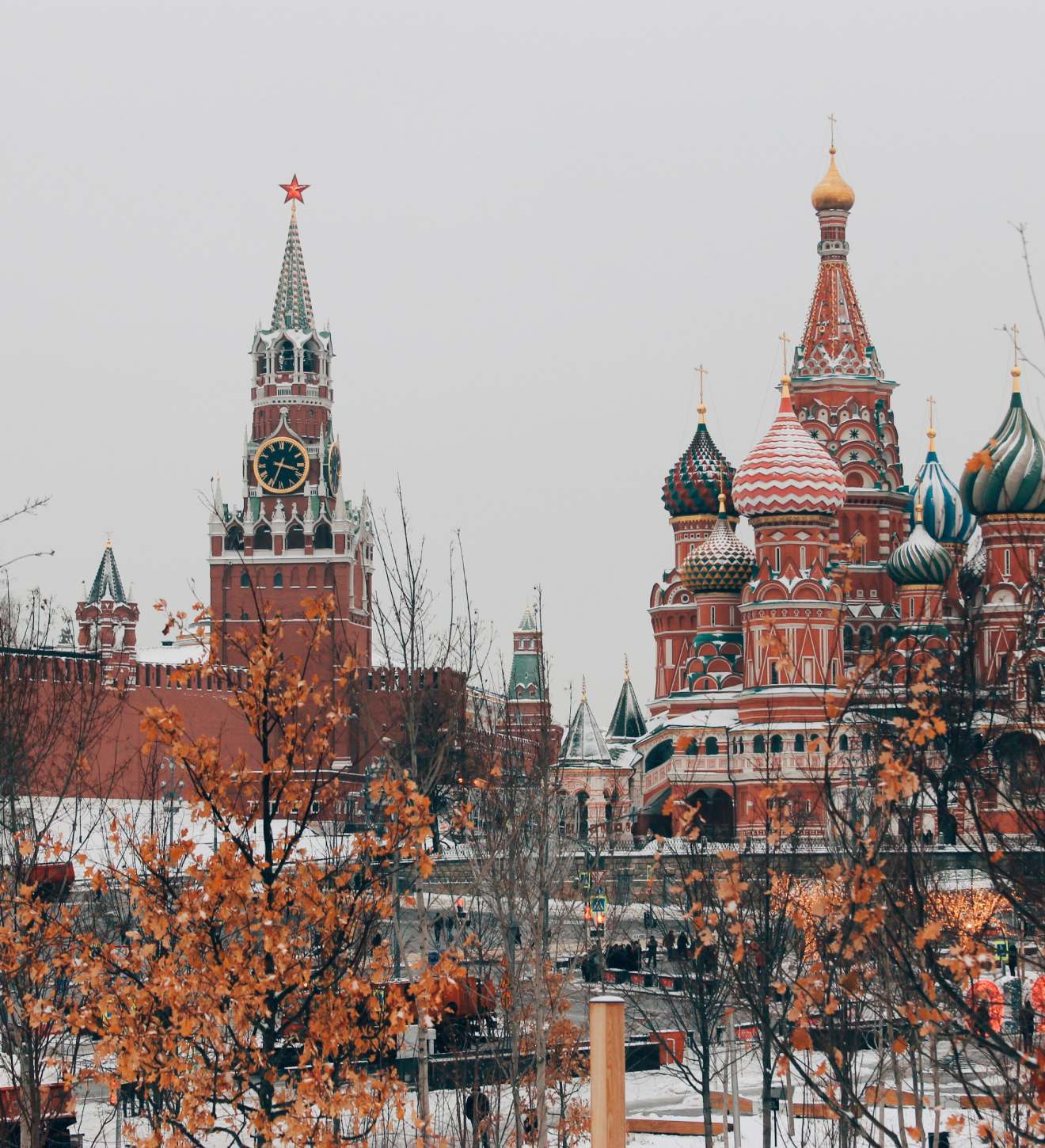
5. Russia
2,327 tonnes
Russia now has the fifth-largest gold reserve and is also a huge gold acquisitor, being the second-largest gold-buying country behind only Turkey. Due to his increasingly strained relationship with the US and other Western countries, Russian President Vladimir Putin has recently sought to sell the country’s American treasuries and currencies and opt for recently buying 227 tonnes of gold instead.
On top of this, Russia is the world’s second-largest gold producer (behind China), having mined 324.7 tonnes of gold in 2022 alone.
Where is it stored?
Over two-thirds of Russia’s gold is stored in Moscow’s Central Bank. The remainder is secured in St. Petersburg and Yekaterinburg.
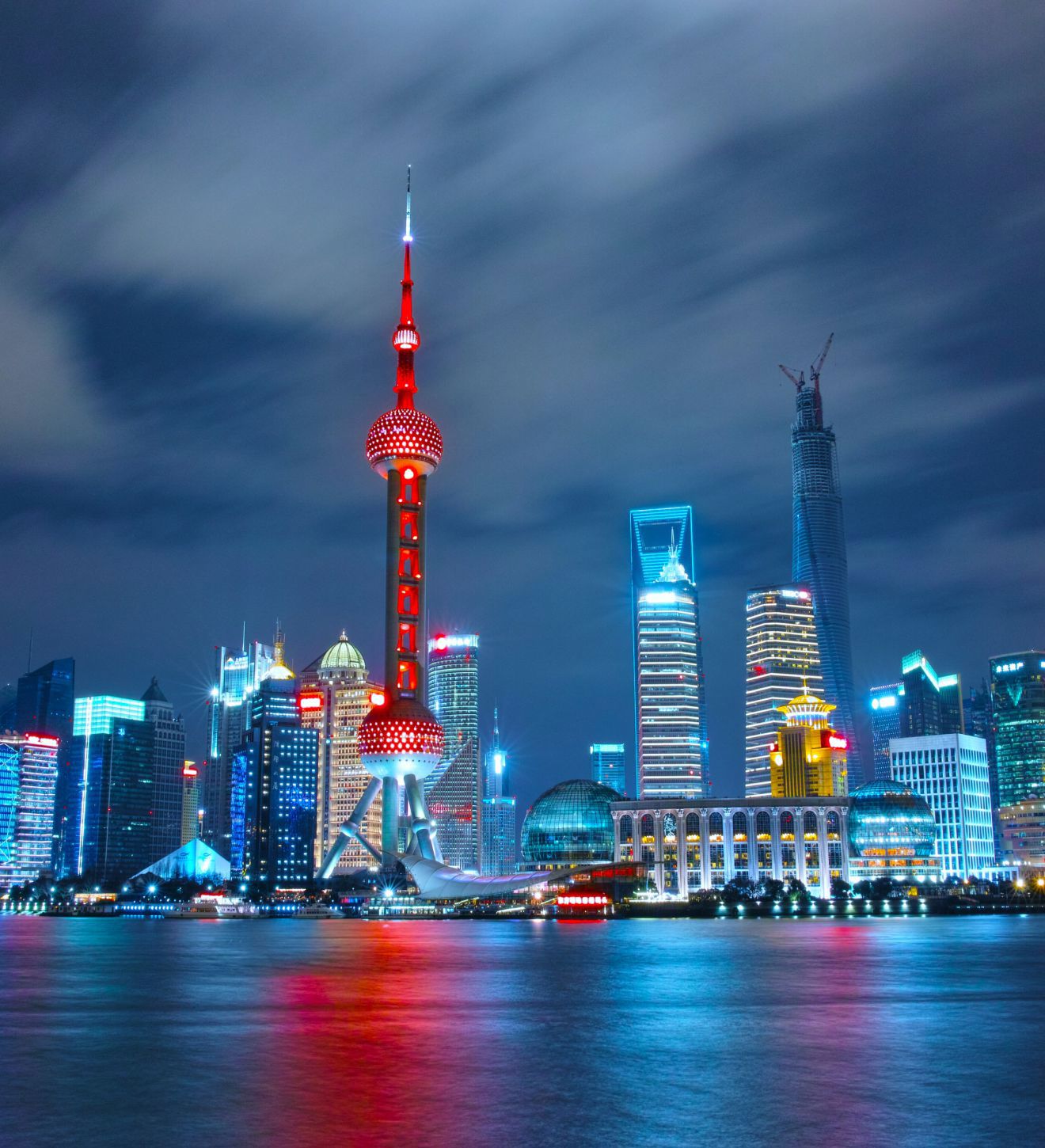
6. China
2,068 tonnes
As the nation with the world’s second-biggest economy, China has the sixth-largest gold reserve. However, some believe its reserves are much greater than the reported 2,068 tonnes. Its past policies for mining and selling gold to reinvest back into its economy have slowed in the last century, and China is now the world’s largest gold producer and exporter.
It mined 403 tonnes in 2022 alone within the nation’s 127 operational gold mines (that’s about 10% of the world’s total gold mining in 2022). Most recently, The Natural Resource Department of Shandong Province discovered an extra 200 tonnes of gold in Laizhou’s Xiling gold mine with an estimated value of £21.2 billion.
As a worldwide superpower that relies on a variety of strong industries, surprisingly gold still only makes up 3.3% of its foreign reserves.
Where is it stored?
The vast majority of China’s gold reserves are secured in the vaults of the People's Bank of China. Unlike most other nations, none of its reserves are held in custodian countries around the world.

7. Switzerland
1,040 tonnes
Switzerland is known for its masterful banking and financial proficiency, so it is no surprise that the nation takes seventh place in the world’s top 10 largest gold reserves. Switzerland also holds the record for the world’s largest gold reserve per capita.
The nation’s gold reserves swiftly accumulated during and after WW2, with the country taking a neutral approach during the conflict, allowing it to trade with both Allied and Axis powers.
Despite its large gold reserves, gold only makes up 5.4% of its foreign reserves.
Where is it stored?
Around 70% of Switzerland’s gold reserves are stored in the Swiss National Bank in Bern, however, more reserves are stored in the Bank of England (10%) and the Bank of Canada (10%).

8. Japan
846 tonnes
Japan currently has the eighth-largest gold reserves – and is the fastest growing. In fact, the country’s reserves reached an all-time high earlier this year in 2023, with a total of 846 tonnes. Despite these increasing figures, as the third-largest economy in the world, just 3.1% of Japan’s foreign reserves come from gold.
Once a country with strong policies to buy and stockpile gold, the 2011 Fukushima nuclear disaster forced Japan to halt this approach, and instead sell much of its gold reserves to help stabilise its economy.
Where is it stored?
Most of Japan’s gold reserves are stored in the Bank of Japan, Tokyo’s central bank.

9. India
795 tonnes
India currently has the ninth-biggest gold reserves around the world. As well as having large reserves, gold is a popular market across the nation. In fact, India is the second-largest consumer of gold behind China.
India's gold reserves are rapidly growing too – increasing by a whopping 40% in the last five years alone. With its ongoing political and economic instability, the country has been stockpiling as a form of defence against worsening financial concerns. Currently only 6.5% of India’s foreign reserves are gold.
Where is it stored?
Over half of India’s gold reserves are secured by Mumbai’s The Reserve Bank of India. The remaining is stored in the Bank of England and the Bank for International Settlements in Switzerland.
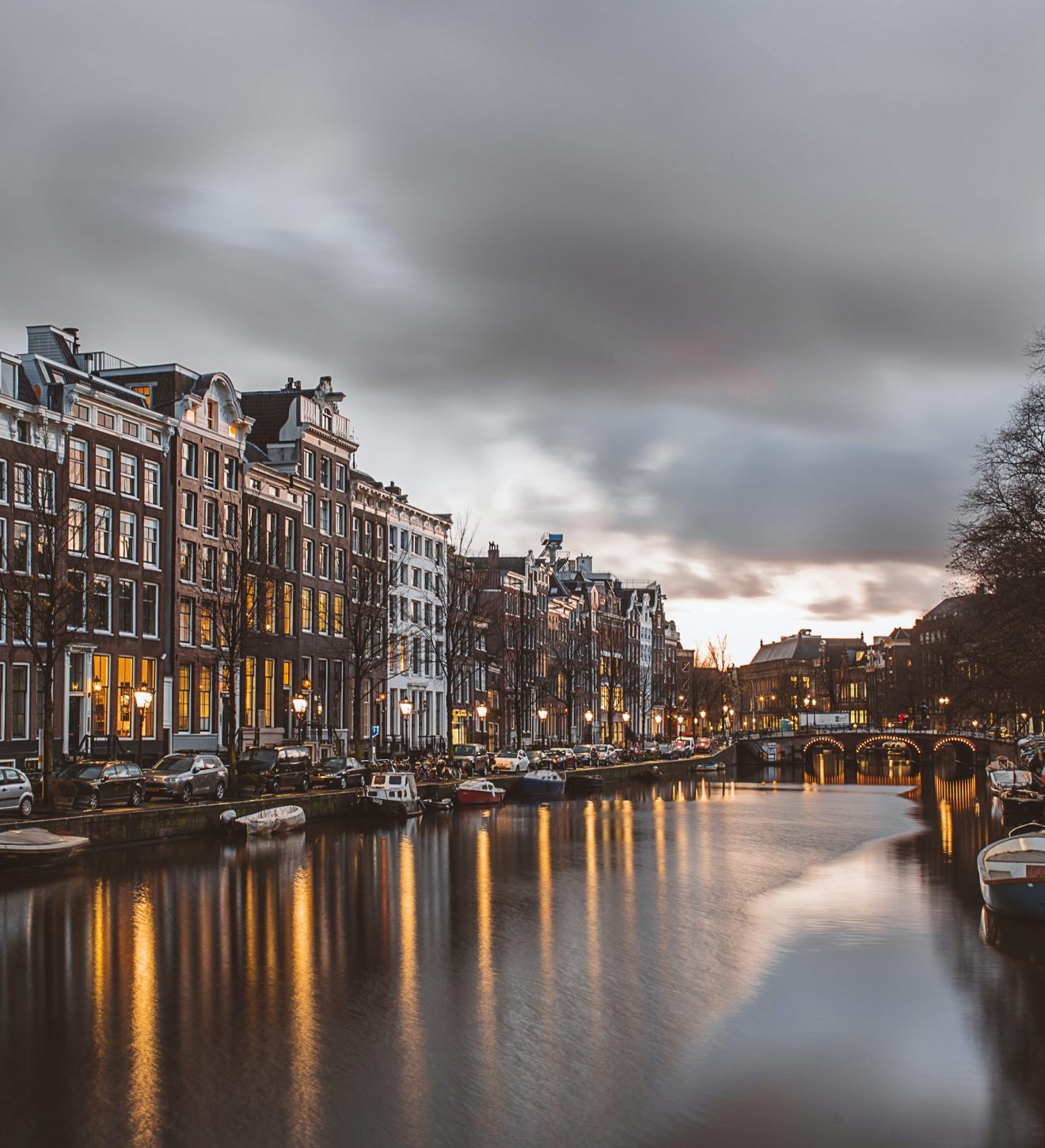
10. Netherlands
612 tonnes
The Netherlands now has the world’s 10th largest gold reserve, having recently bumped Turkey out of the top 10. Once a nation that focused on selling gold bullion, the Netherlands’ reserves have remained unchanged in recent years due to there being no further gold sales to other nations.
Where is it stored?
The Netherlands’ gold reserves are kept in various places around the world. 31% is stored in its own De Nederlandsche Bank, another 31% is in New York, while the remaining is spread across the Bank of England and the Bank of Canada in Ottawa.
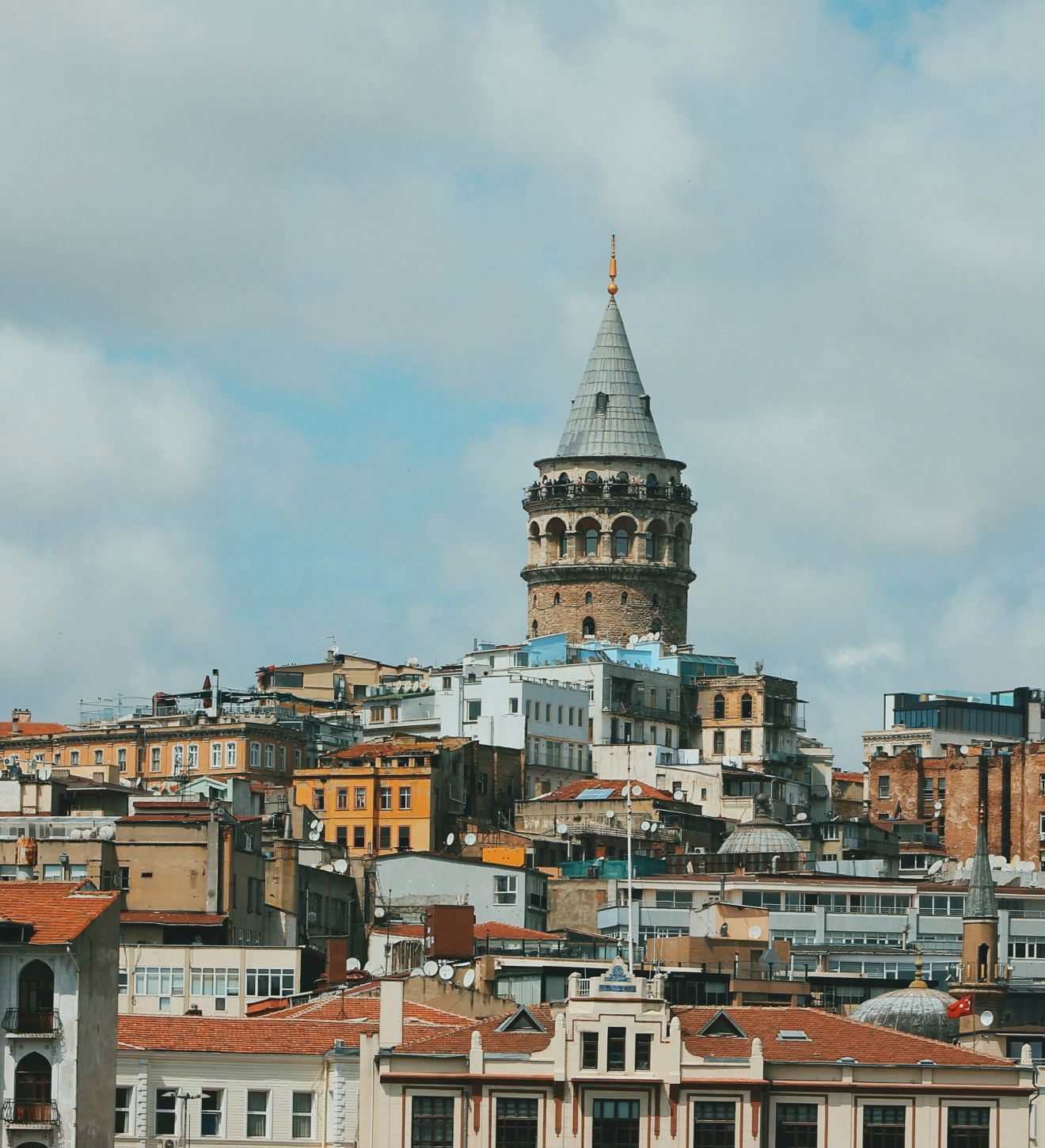
11. Turkey
572 tonnes
Turkey sits just outside of the top ten as a nation currently with the 11th largest gold reserves. As the biggest gold buyer amongst central banks in 2022, the tables this year turned with Turkey currently selling off much of its reserves. In fact, the nation saw a huge 9% drop in its total gold reserves in 2023’s Q1 alone.
Much of this rapid decline comes from Turkish President Recep Tayyip Erdogan’s efforts to temporarily halt gold imports in order to meet high domestic demand due to rising inflation.
Where is it stored?
Turkey’s gold reserves are stored in numerous banks around the world, including the Bank of England, the Istanbul Stock Exchange and the Central Bank of the Republic of Turkey.
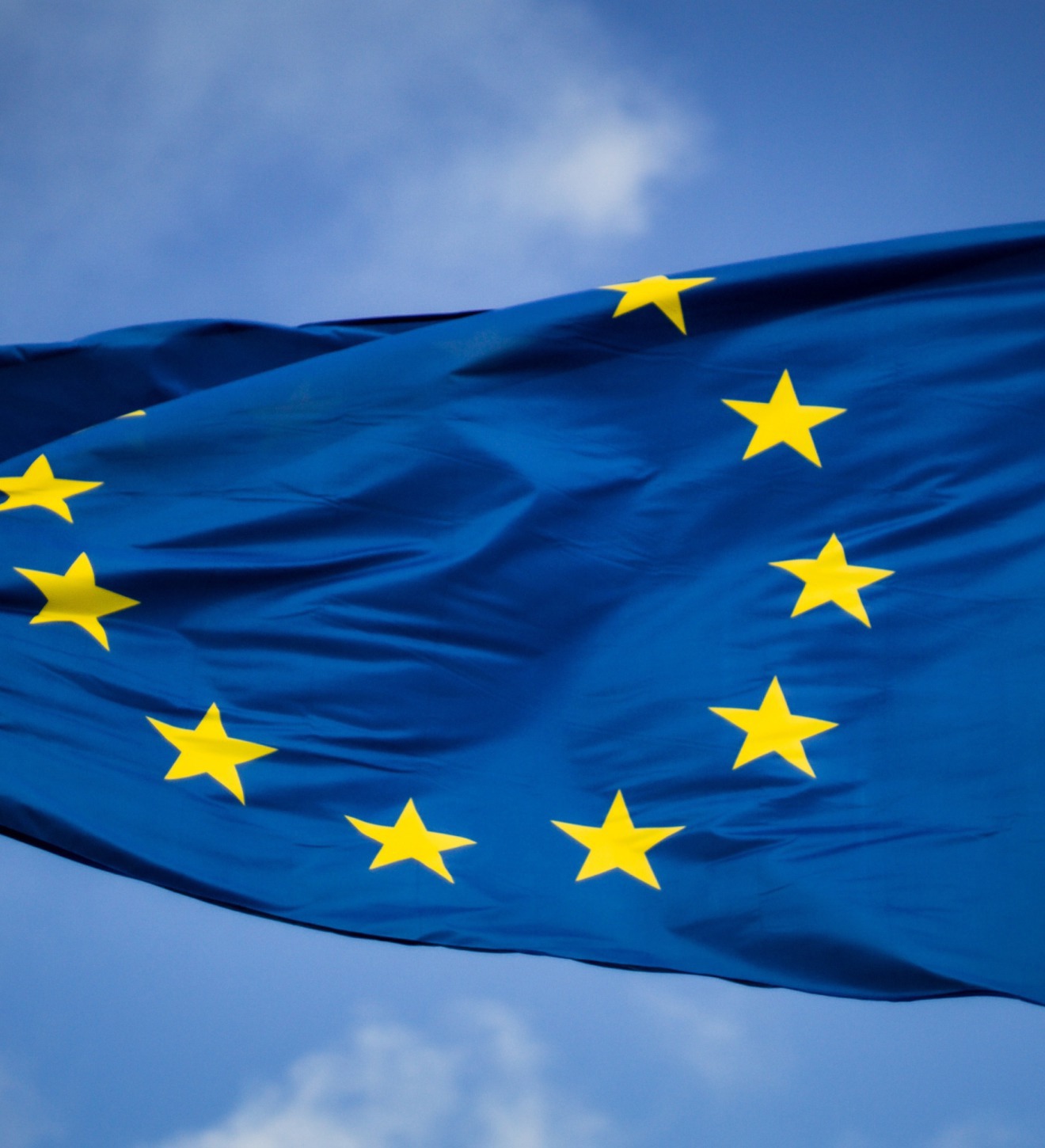
12. Euro Area
507 tonnes
Unlike the other gold reserves on this list, the Euro Area (commonly referred to as the Euro Zone) isn’t just one specific country – instead a currency union of twenty member states within the European Union. The Euro Area’s central banking system is made up of each nation’s central banks and the ECB (the European Central Bank).
The gold reserves belonging to the ECB have been steadily increasing for decades now, reaching an all-time high in 2022 with 507 tonnes.
Where is it stored?
The gold reserves belonging to the ECB are stored in five distinct locations: The Bank of England, the Banque de France, the Banca d’Italia, the Banco de Portugal, and the Federal Reserve Bank of New York.
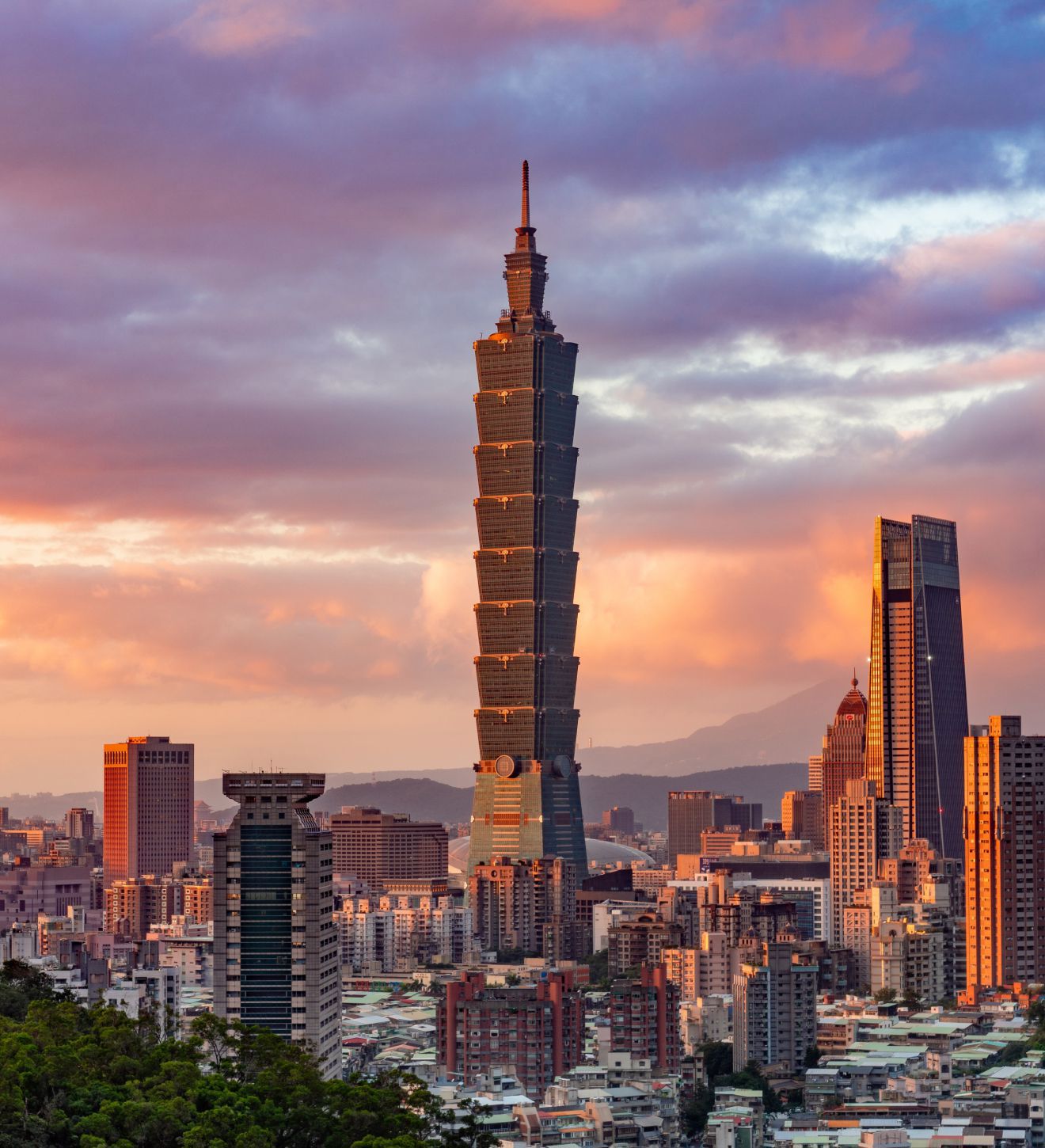
13. Taiwan
424 tonnes
Taiwan is a nation with a natural affinity to gold, having been a heavy importer of the metal since the late 1980s (it was once the biggest gold importer in the world). Although gold import rates are much lower in recent years, the nation still boasts the world’s 13th largest gold reserve.
Where is it stored?
All of Taiwan's gold is secured in the nation’s central bank, with none of its reserves stored internationally in custodian countries.

14. Portugal
383 tonnes
Portugal sits comfortably as the nation with the 14th largest gold reserves. Despite recent calls to sell much of its reserves while gold prices are high, the nation still continues to store its gold stockpiles safely in The Portuguese central bank. The bank even opened its doors to reporters back in May 2022 to photograph the inside of the secure vault, offering the public a glimpse of the endless rows of ingots for the very first time.
Where is it stored?
45% of Portugal’s gold reserves are stored in Lisbon’s Bank of Portugal. The remaining are stored with custodians, most notably the Bank of England.
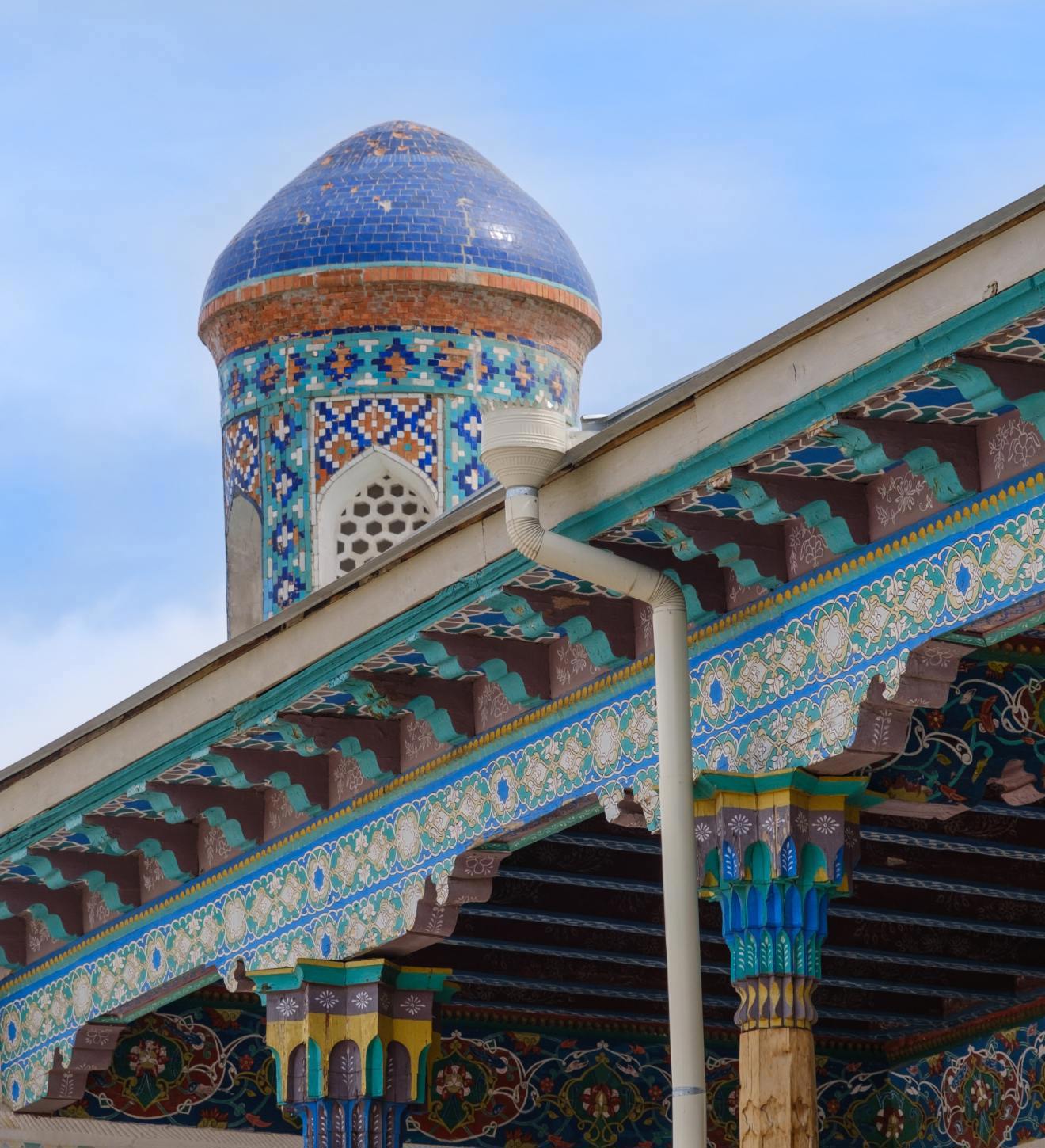
15. Uzbekistan
395 tonnes
Uzbekistan currently has the 15th largest gold reserve, and the nation also has big plans to become the world’s largest gold producer. In 2022 it was the 12th largest producer with an output of 3% of the world’s gold.
In addition to having 381 tonnes of already-mined gold above ground, the estimated total gold reserves are thought to be around 6,000 tonnes, meaning there are thousands of tonnes of gold ready to be produced across its 63 operational mining fields.
Gold makes up around 60% of the country’s foreign reserves.
Where is it stored?
Uzbekistan’s gold is stored in the vaults of the Central Bank of Uzbekistan (the CBU).
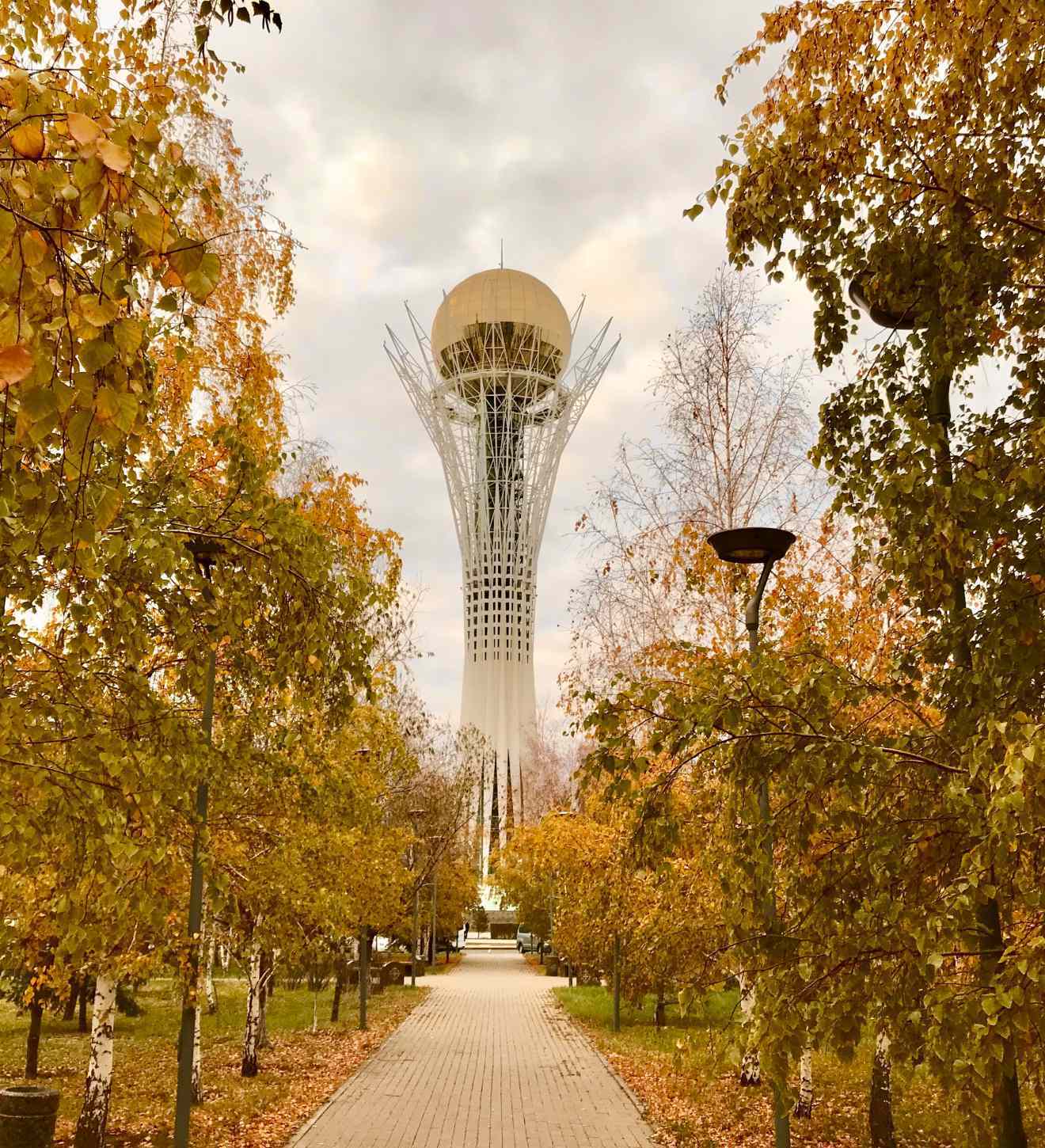
16. Kazakhstan
332 tonnes
Not only does Kazakhstan boast the world’s 16th largest gold reserve, but it is also a major gold producer. In fact, the nation produces 70 to 80 tonnes of gold every year (specifically 2% of the world’s gold production in 2021).
Gold makes up around 69% of the country’s foreign reserves.
Where is it stored?
Kazakhstan’s gold reserves are stored in the vaults of the National Bank of the Republic of Kazakhstan (the NBK).
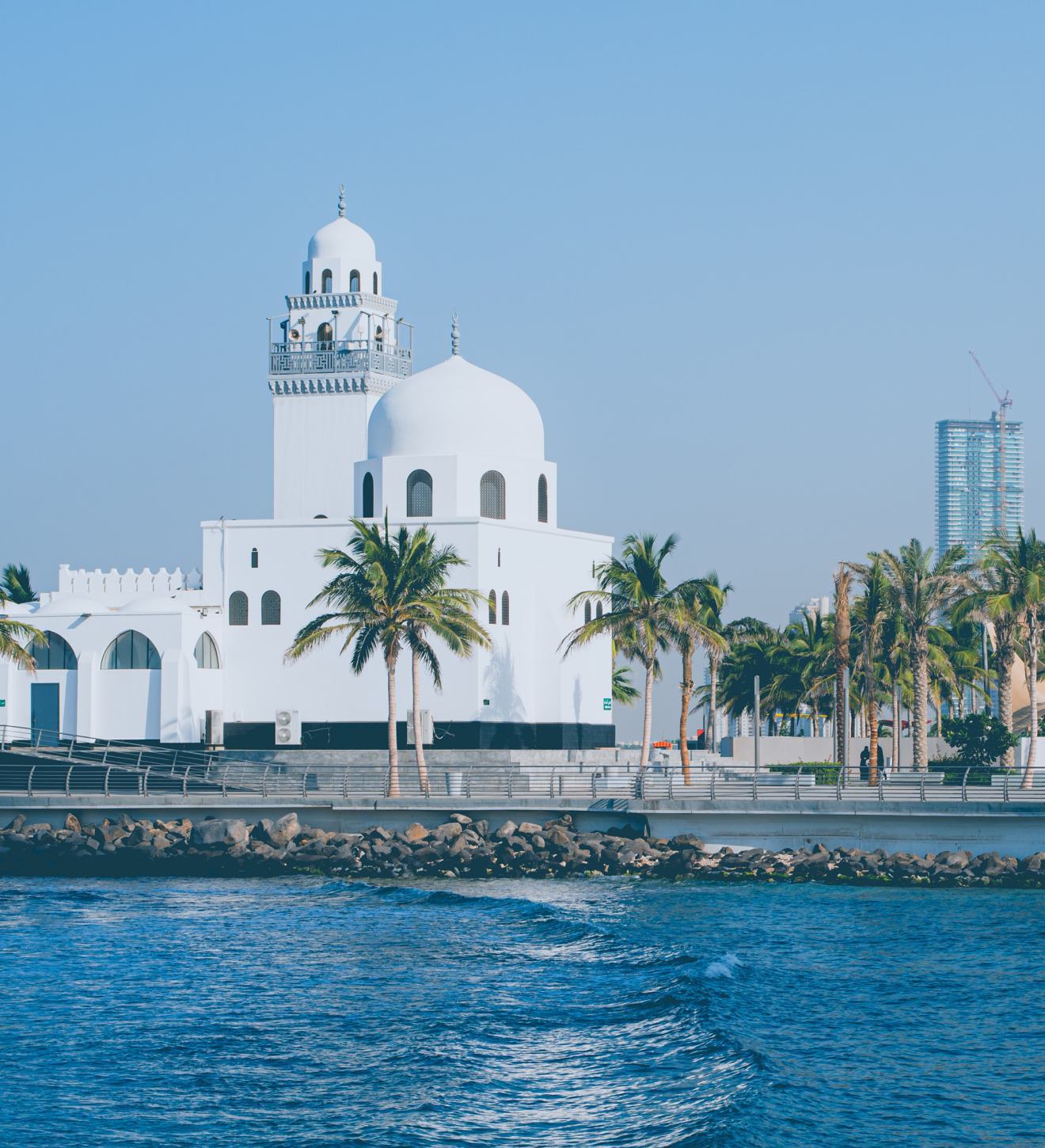
17. Saudi Arabia
323 tonnes
Saudi Arabia currently has the 17th largest gold reserves, and their stockpile looks only to increase in the coming years with many of its gold mines ramping up production.
It is estimated that Saudi Arabia has over 323 tonnes of underground gold waiting to be mined. The kingdom is home to 12 active reserve sites including Al-Duwaihi Gold Mine (their largest gold mine producing an average 180,000 ounces a year) and Umm Al Damar (which covers over 40 sq.km of unmined land). The Saudi Arabia government also states that there are an additional 600 identified ready-to-be-mind gold sites elsewhere too).
Where is it stored?
Much of Saudi Arabia’s gold reserves are held by the national newspaper, Al-Eqtisadiah.

18. UK
310 tonnes
The United Kingdom has the world’s 18th largest gold reserve. The nation’s gold reserves have fluctuated throughout the last century, with much of its current 310 tonnes left over from the gold standard that the nation ceased back in 1931.
Although it is not in the top 10 biggest gold producers, the Bank of England is a major international custodian and the second-largest gold keeper in the world (second only to the New York Federal Reserve).
Where is it stored?
The vast majority of the UK’s gold reserves are held in the form of 24-karat gold ingots in the Bank of England, London. The bank states that they currently hold over 400,000 ingots in its vaults, with an estimated value of over £200 billion.
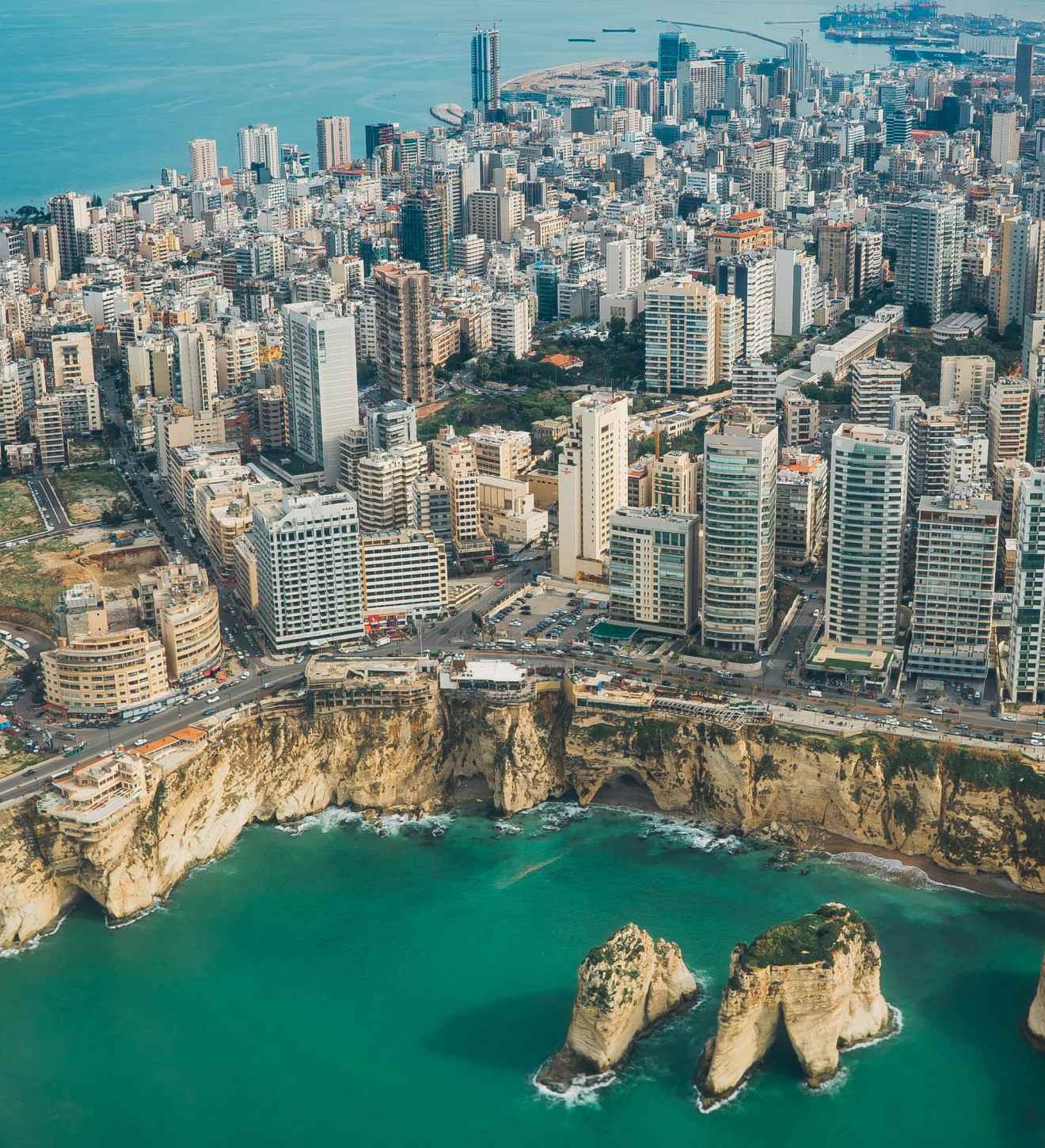
19. Lebanon
287 tonnes
Lebanon currently holds the nineteenth-largest gold reserves, making it the second-largest gold reserve held by an Arab Country. The value of Lebanon’s 287 tonnes equates to around $10.5 billion.
In total, gold also makes up around 20% of the country’s foreign reserves.
Where is it stored?
Although some of Lebanon’s gold is stored in the nation’s Central Bank, today over two-thirds are also stored overseas in Fort Knox and New York.
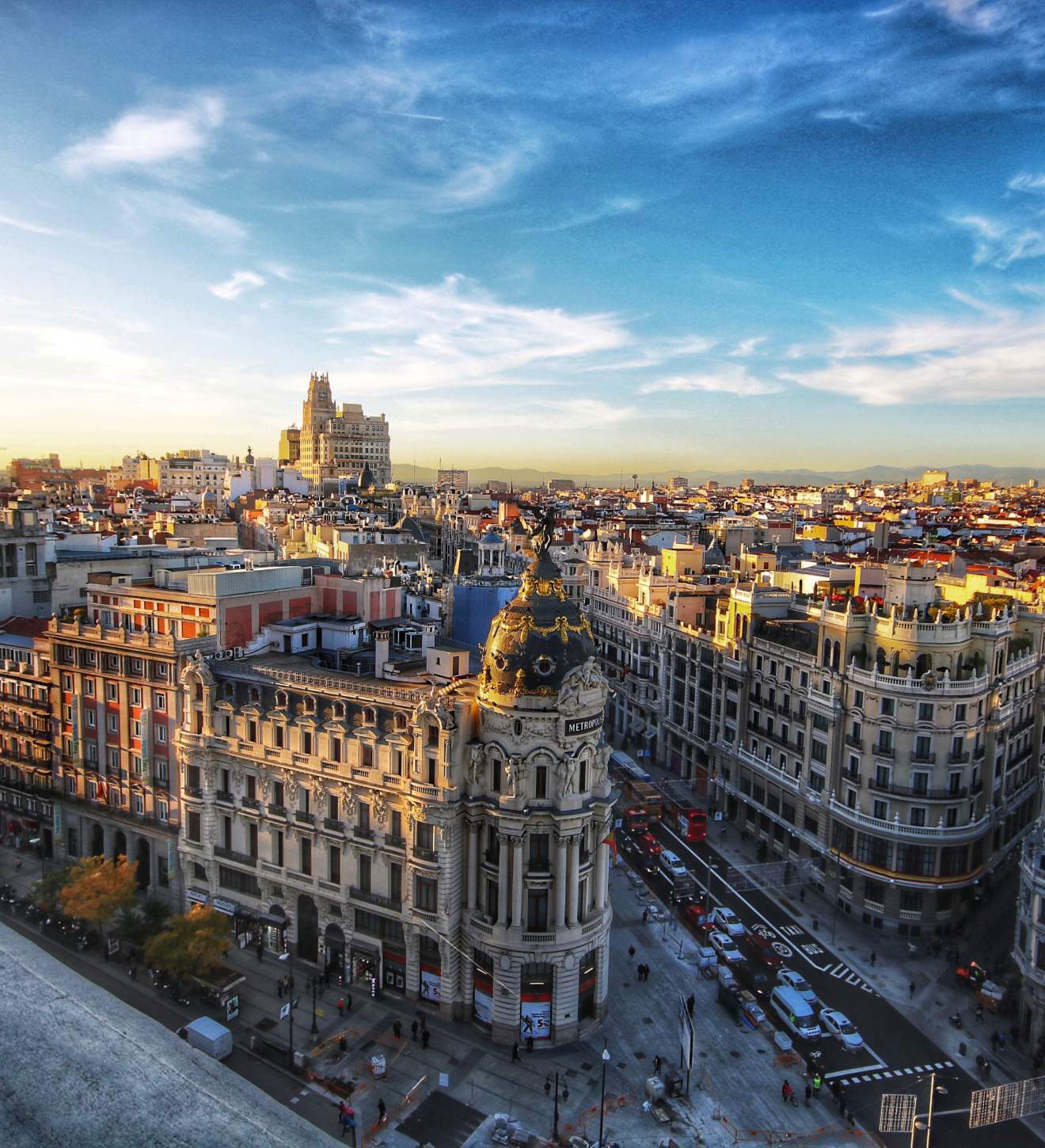
20. Spain
292 tonnes
Spain takes the 20th spot among the world’s largest gold reserves, behind many of its European neighbours including Italy, Germany, and France. However, Spain’s gold reserves may climb rapidly in the future with the nation sitting on Europe’s largest untouched gold reserves across the Tapia de Casariego on Spain’s northwest coast.
It is estimated that the region holds around 30 tonnes of gold waiting to be mined with a value of around €2 billion (which would account for 10% of Spain’s gold reserves if produced).
Where is it stored?
The majority of Spain’s gold reserves are stored in the aptly named Chamber of Gold, one of the world’s most secure vaults located 37 feet deep in the Bank of Spain.
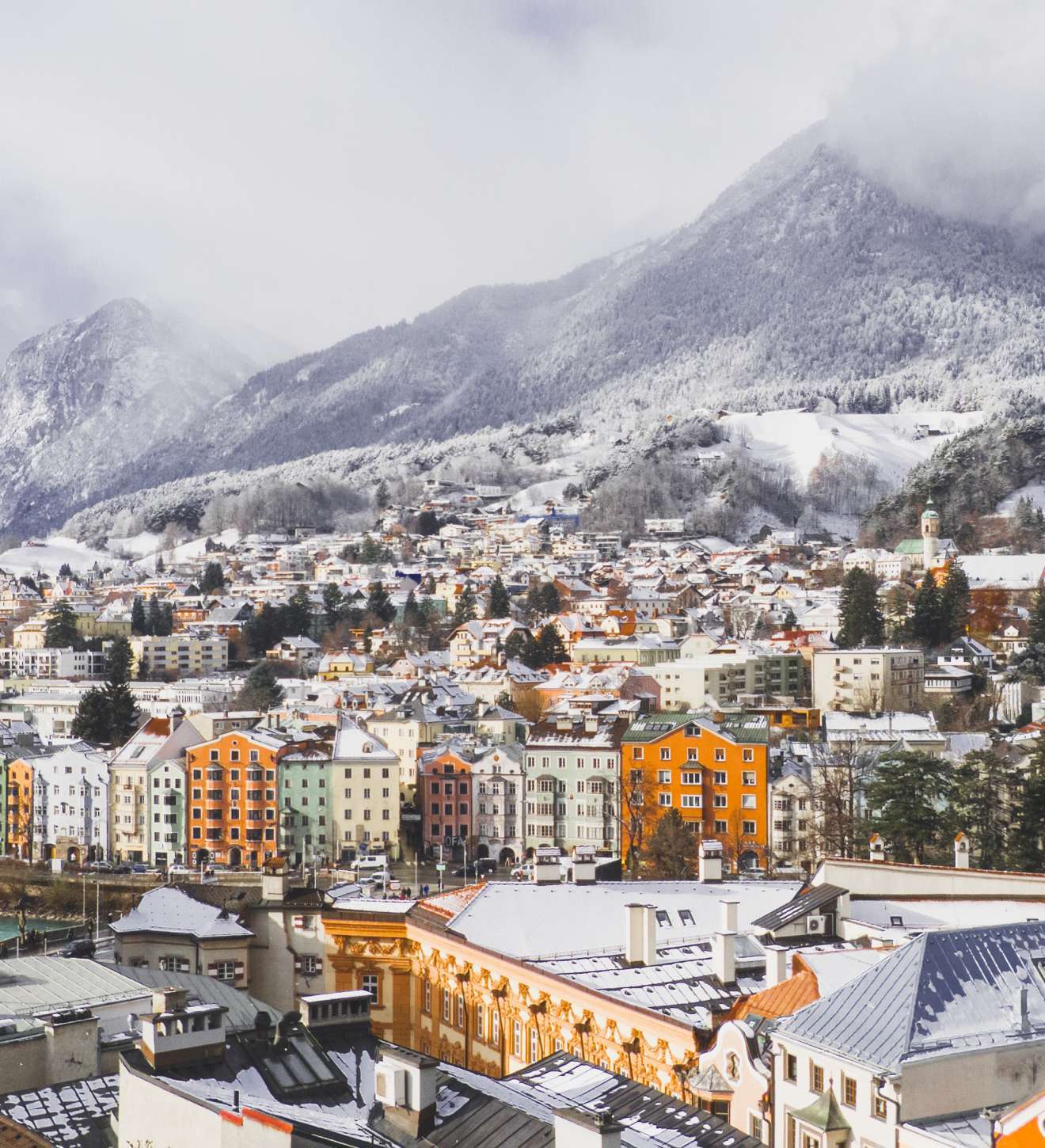
21. Austria
280 tonnes
Austria has the world’s 21st largest gold reserve, with a total of around 22,400 gold bars. The nation had much of its gold reserves repatriated back from the UK in 2018 (which once stored over 80% of its gold in custodian storage). Today over half of Austria’s gold is now stored domestically.
Where is it stored?
Austria’s gold reserves are still stored both domestically and in custodian storage, including Münze Österreicha vaults, the Austrian National Bank, the Bank of England, and Switzerland.
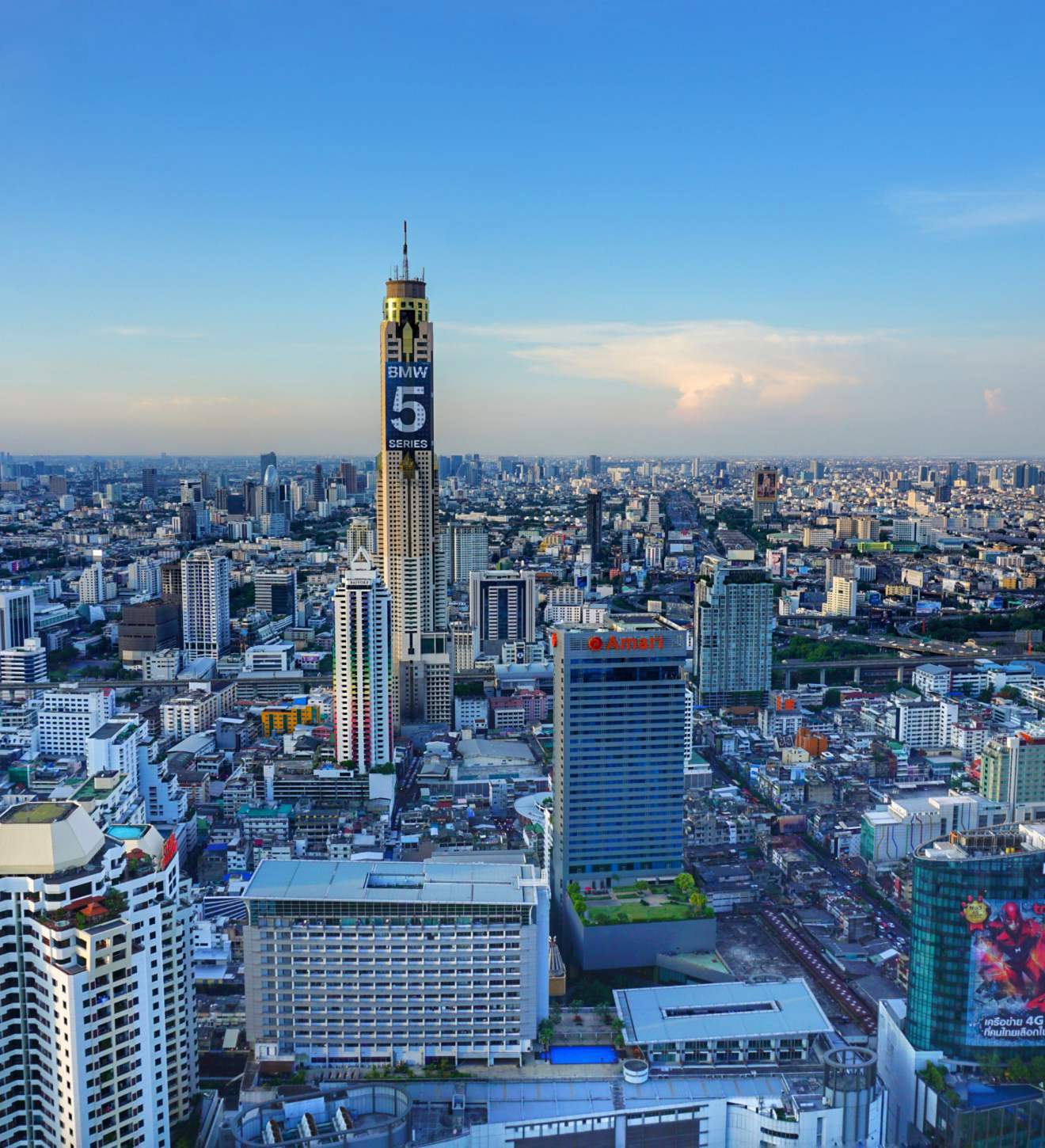
22. Thailand
244 tonnes
Thailand has the world’s 22nd largest gold reserve. The nation has seen one of the biggest growths over the last two decades, increasing from an all-time low of 72 tonnes in the year 2000 to a current all-time high of 244 tonnes in 2023.
A total of 90 tonnes of gold was purchased in just two months alone between April and May 2021, now putting the nation right at the forefront of the rapid gold reserve growth seen in recent years.
Where is it stored?
The majority of Thailand’s gold reserves are stored in the vaults of the nation's Central Bank, Bank of Thailand (BoT).

23. Poland
229 tonnes
Poland currently has the world’s 23rd largest gold reserve – and that figure is growing too. In April 2023 the National Bank of Poland purchased 14.8 tonnes of gold, the biggest purchase since June 2019, when a whopping 94.9 tonnes was also added.
The Bank’s governor, Adam Glapinski, explained that the recent purchases are a way to prepare for "the most unfavourable circumstances [...} Gold will retain its value even when someone cuts off the power to the global financial system. That is why we see a special place for gold in our foreign exchange management process."
Where is it stored?
Over half of Poland’s gold is stored in the vaults of the National Bank of Poland (104 tonnes), with the remaining 125 tonnes kept in custodian vaults including the Bank of England.
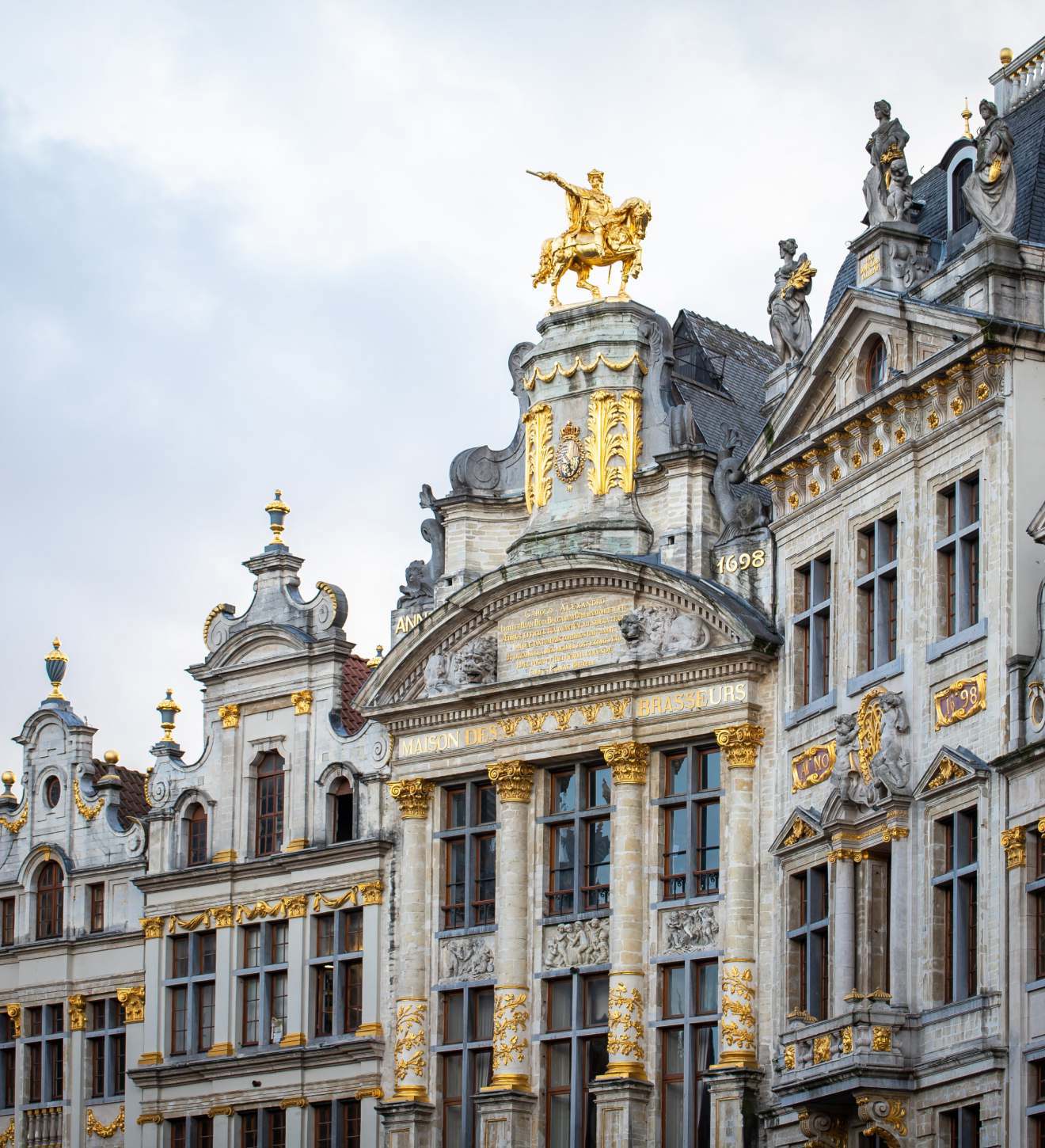
24. Belgium
227 tonnes
Belgium currently has the world’s 24th largest gold reserve, which has remained unchanged for a number of years now.
The nation also has one of the highest percentages of gold reserves held in foreign banks, dating back to 1939 when its gold was sent overseas as a precautionary measure before being invaded by Nazi Germany during WW2. More recently the nation has shown interest in the repatriation of its gold stockpiles.
Where is it stored?
Belgium’s gold is kept in various foreign banks, including the Bank of England, the Bank of Canada, and the Bank for International Settlements in Basel, Switzerland.

25. Singapore
222 tonnes
Singapore currently has the world’s 25th largest gold reserve, and this number has grown exponentially in recent years too.
Back in January 2023, the Monetary Authority of Singapore (Singapore’s central bank) added a whopping 44 tonnes of gold to its reserves: a 29% increase in just one month. This was Singapore’s second-largest gold purchase ever, second only to a purchase back in 1968 when the nation bought 100 tonnes from South Africa.
Where is it stored?
Singapore is known for being discreet with its gold reserve status, but it is believed most is kept within the Bank of England in London and in the Switzerland vaults of the Swiss National Bank.

Chapter 3
FAQs and global gold statistics
Does the price of gold differ around the world?
No. Despite the price of gold constantly fluctuating pretty much daily, worldwide markets ensure the price does not differ across free markets from nation to nation.
What is the purest form of gold?
24-karat gold is the purest gold form (that’s 99.9% pure gold – or more).
Is gold the most expensive metal?
Not at the moment. Currently, palladium is the most costly of the four precious metals: gold, silver, platinum, and palladium.
Do gold reserves account for unmined gold too?
No. A nation’s gold reserve figures only account for the gold above ground that has already been mined. However many countries around the world still have thousands of tonnes of gold below ground still yet to be mined.
Which country has the biggest unmined gold reserves?
Australia is thought to have the biggest unmined gold reserves (estimated at 8,400 tonnes), followed by Russia in second place (6,800 tonnes) and South Africa in third place (5,000 tonnes).
How much gold has already been mined?
So far, there has been 208,874 tonnes of gold mined around the world. To give you a sense of just how much that is: if you melted all of it into one giant cube, it would be over 22 metres wide on each side.
How much total gold does the planet hold?
A lot. There is no real way of fully knowing, however, the latest figures show an estimated 53,000 more tonnes of gold is still to be mined in identified underground reserves. This puts the world’s total gold reserves (both under and above ground) at approximately 260,000 tonnes.
What is the world’s biggest gold mine?
The biggest single source of gold has been South Africa’s Witwatersrand Basin. The mine has currently sourced around 40% of the world’s total gold ever found and bought above ground.
Where are gold reserves stored?
A nation’s gold is typically stored and secured within its central bank’s vaults. However, some countries also choose to store their gold reserves overseas in custodian storage. In this guide, we will look at where each country’s specific gold reserves are stored, whether it’s their own central bank or a custodian bank in another country.
Is there gold in the oceans?
Yes, there are an estimated 20 million tonnes of dissolved gold in the Earth’s oceans. Experts also believe that many gold reserves are also deep under the sea floor.




